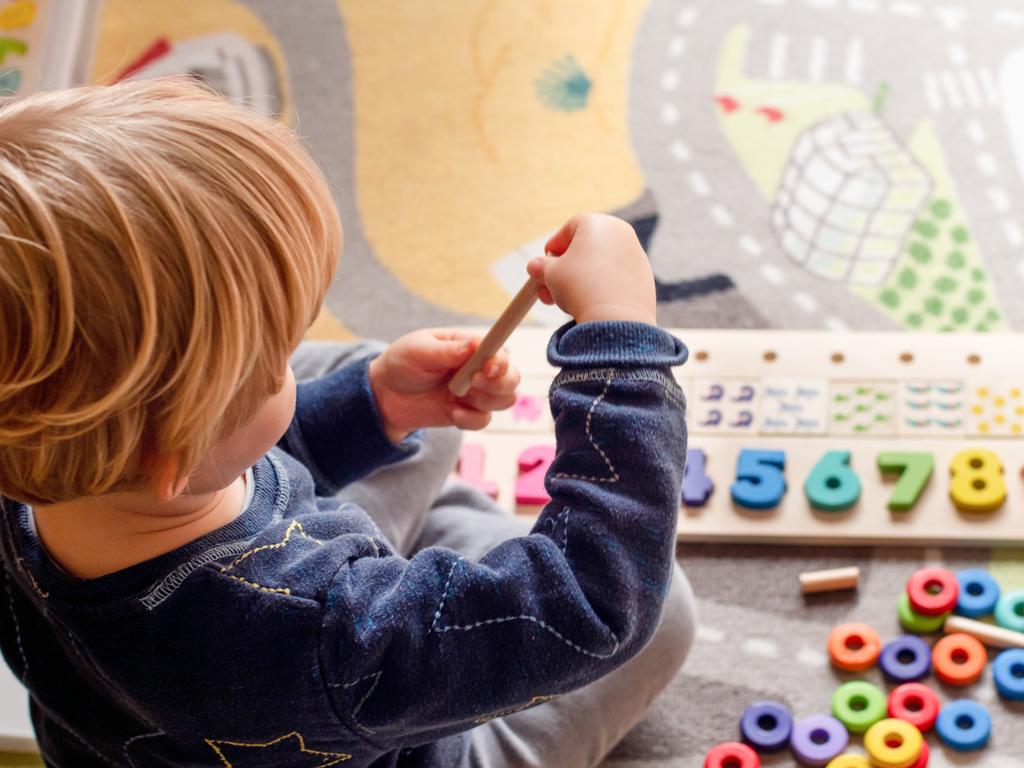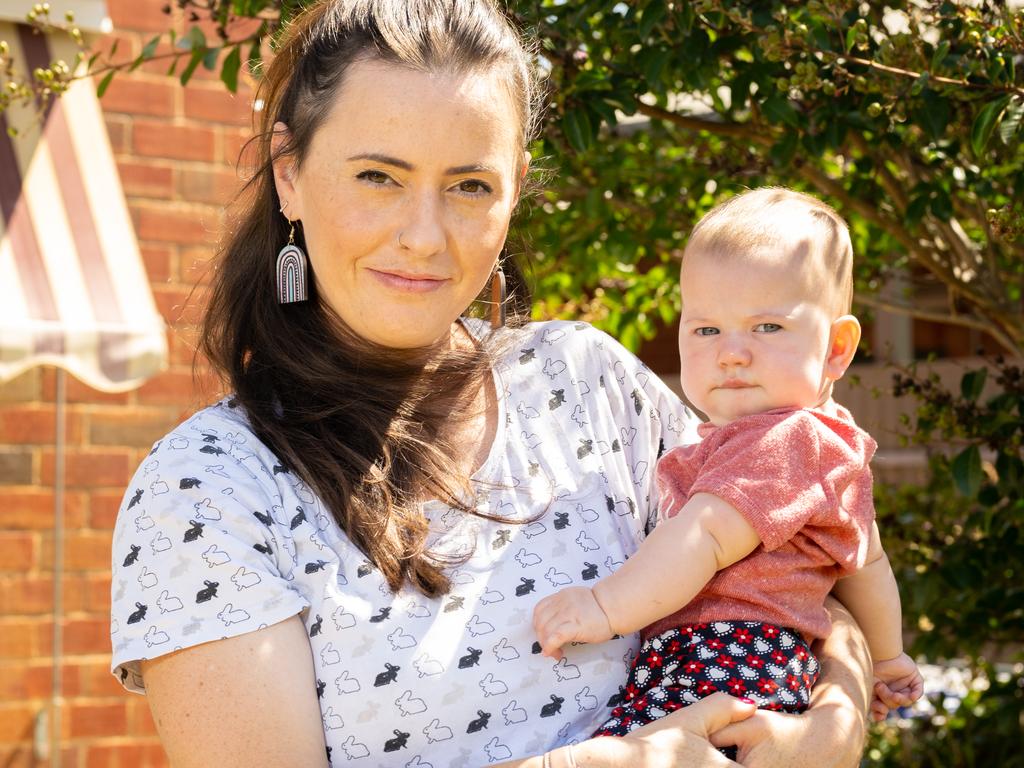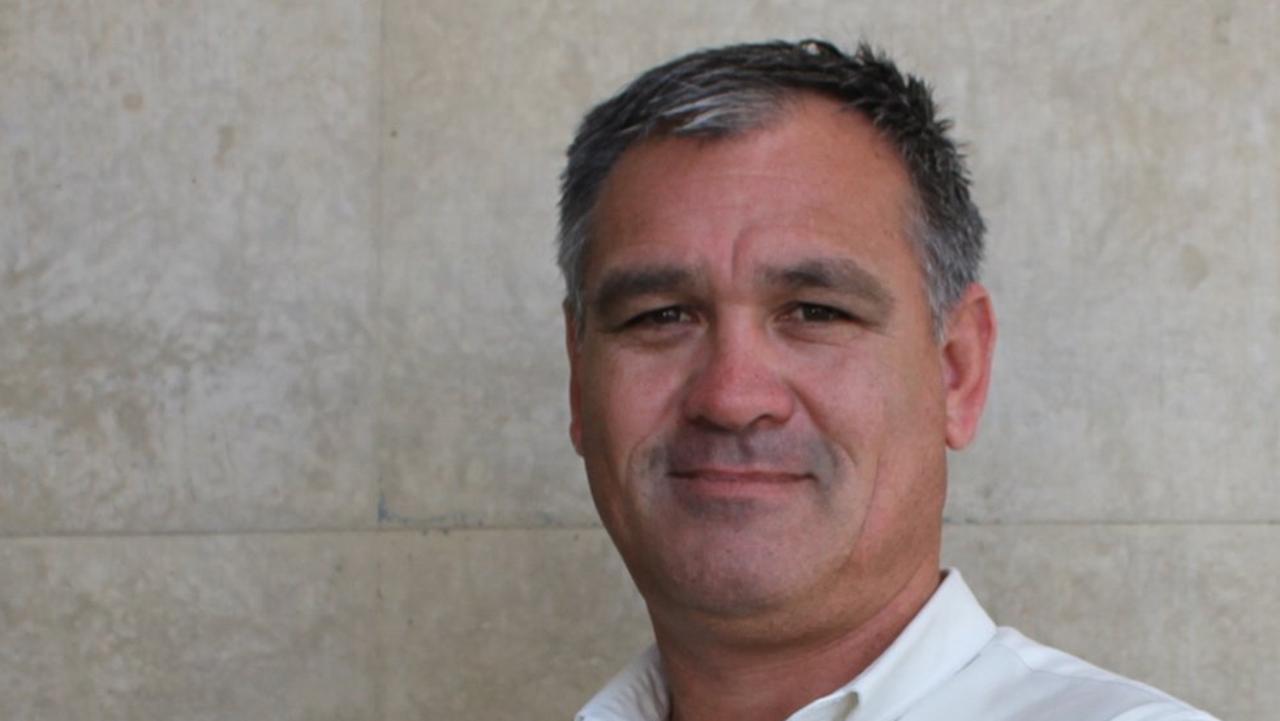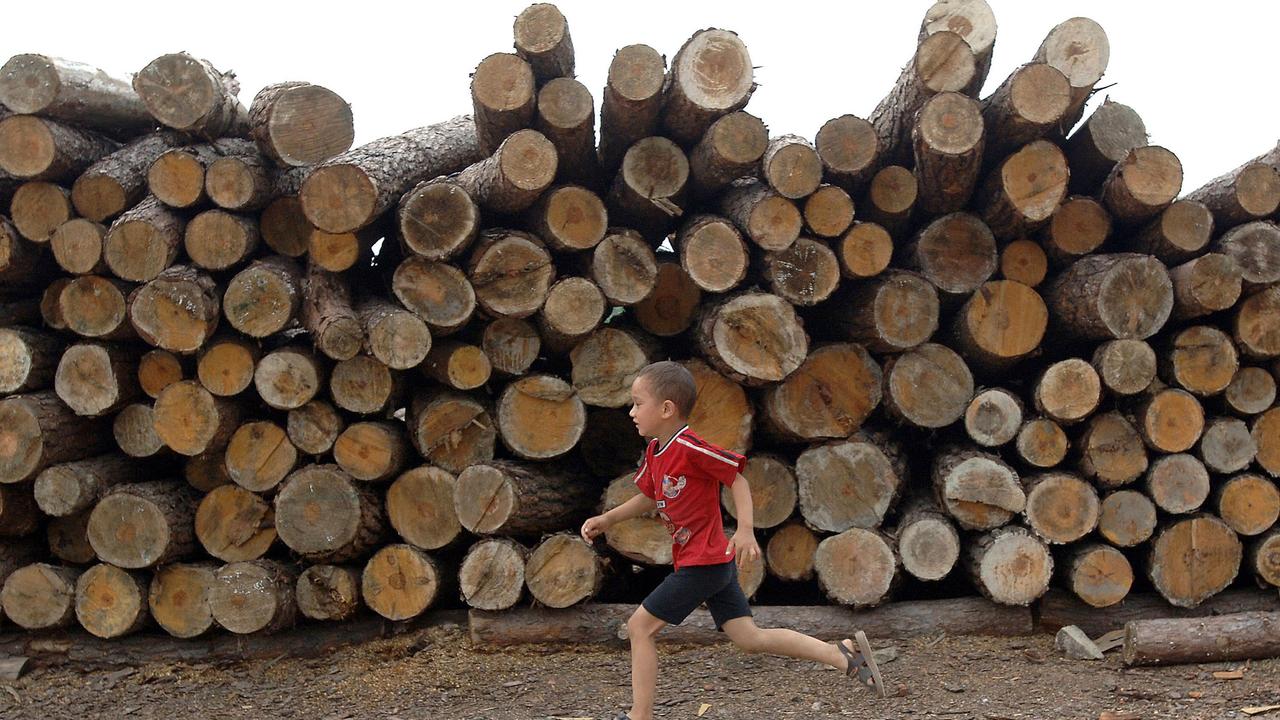Election 2022: High-income couples favoured in Labor childcare changes
Labor is promising big cuts to childcare costs but high-income families stand to gain more than low-paid workers.
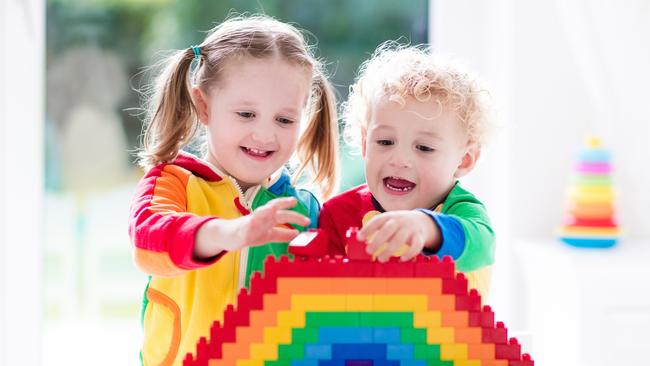
High-earning professional couples stand to pocket the most from Labor’s cuts to childcare costs.
The 20 per cent of wealthiest households, with both parents working, will save $2547 a year, on average, in extra subsidies under a Labor government, an analysis of Coalition and Labor childcare policies by the Australian National University’s Centre for Social Research and Methods finds. The same households would save $506 a year under a Coalition government.
The ANU analysis reveals that highly paid dentists and lawyers would save more money on childcare than Labor’s core constituency of lower-paid service staff and retail workers.
The poorest households – with both parents earning the minimum wage – would save $454 a year under Labor and just $96 under the Coalition.
In total, one in five families with kids in childcare would benefit from the Coalition’s recent rise in daycare subsidies, compared with 98.8 per cent of families under Labor’s policy.
ANU associate professor Ben Phillips said Labor’s policy would result in the biggest cuts to childcare costs on record.
“Overall, the modelling shows that around 241,000 childcare households are better off under the Coalition’s policy compared to 1.18 million households under Labor,’’ he said. “The Labor policy is more substantial but both policies tend to favour higher income households.
“The Coalition relative gains are larger for middle and higher income households. (Overall) the Labor policy would lower out-of-pocket costs for households by an average of 34 per cent compared to the Coalition at 9 per cent.’’
Associate Professor Phillips said high income families had the most to gain because they now received the lowest subsidies under the existing means-tested system.
He said the Coalition’s recent subsidy increases were estimated to cost $500m a year, compared to $1.9bn a year under Labor’s policy. Neither party has pledged major reform to the convoluted system of childcare subsidies, which vary based on family income, number of children in childcare, and hours in daycare.
The system has discouraged many mothers from working full-time because the annual cap on subsidies has resulted in childcare centres charging full fees for the fourth or fifth day of care used each week.
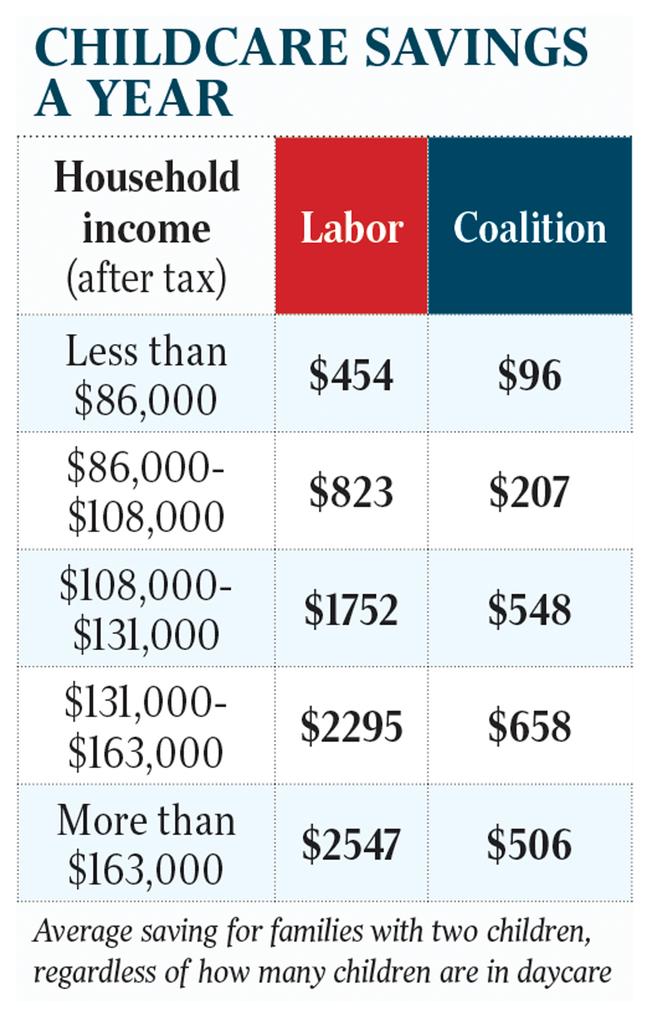
In December, the Morrison government axed the $10,655 cap on subsidies paid to families earning above $190,015 a year. In March, it increased subsidies for second and subsequent children.
As a result, taxpayers now pay up to 85 per cent of childcare costs for a family with one child in care.
Subsidies cover 95 per cent of costs for second and subsequent children.
The Coalition does not subsidise childcare for families earning more than $370,000 a year, so high-income parents have to pay the entire cost themselves.
Labor’s policy would increase the rate of subsidy to 90 per cent for families earning up to $80,000 a year, regardless of how many kids attend childcare.
The level of subsidy would reduce the more a family earns, cutting out at $530,000 a year.
Despite the cash splash for childcare, a new survey reveals most families are unaware of the major parties’ policies. The survey of nearly 1000 families with children in daycare, by website Care for Kids, found 63 per cent did not know about party policies. Sixty per cent wanted higher childcare subsidies, one-third wanted free childcare and a quarter wanted more childcare workers.



